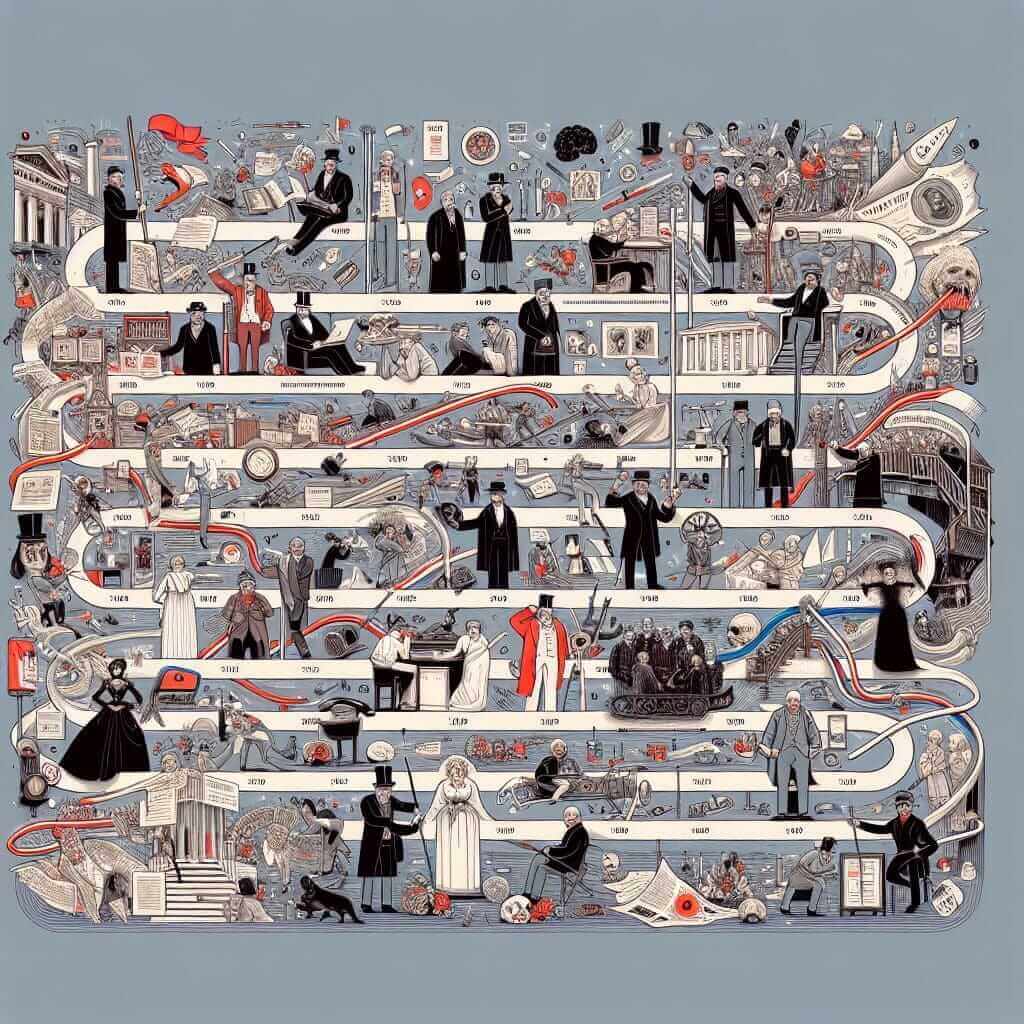As an IELTS instructor with over 20 years of experience, I often encounter students who feel overwhelmed by the sheer variety of topics covered in the IELTS Listening test. One area that frequently causes confusion is the discussion of “history” and its various forms. Fear not, aspiring IELTS achievers! This article will guide you through understanding how different “types of history” might appear in your IELTS Listening test, equipping you with the skills to confidently tackle this topic.
What does “Types of History” in IELTS Listening Mean?
The IELTS Listening test assesses your ability to understand spoken English in a variety of contexts. While it’s unlikely you’ll encounter a full-blown history lecture, the term “types of history” refers to the way historical information might be presented. This could involve:
- Social History: This focuses on the lives of everyday people, their customs, traditions, and how they interacted with their society. For example, a lecture might discuss the changing role of women in 19th century England.
- Political History: This delves into systems of governance, political leaders, conflicts, and significant events that shape a nation or region. You might hear a segment about the causes of the French Revolution or the impact of a particular political figure.
- Economic History: This explores the financial systems, industries, trade, and economic growth of a specific period. For example, the listening passage might describe the Industrial Revolution and its impact on global trade.
- Art History: This explores artistic movements, styles, and the evolution of art forms over time. Imagine listening to a segment about the characteristics of Renaissance art or the influence of Impressionism.

How to Approach “Types of History” in IELTS Listening
Here are some tips to help you effectively understand and answer questions related to “types of history”:
1. Identify the Context:
Pay close attention to the speaker’s introduction and any contextual clues provided. Is the speaker a professor, a museum guide, or a historian being interviewed? Understanding their role can provide valuable insights into the type of history being discussed.
2. Focus on Keywords:
Listen for key terms that signal a specific type of history. For instance, words like “monarch,” “parliament,” or “legislation” indicate a focus on political history. Similarly, terms like “trade routes,” “guilds,” or “economic depression” point towards economic history.
3. Pay Attention to Dates and Time Periods:
Dates are crucial in historical discussions. Make note of any mentioned dates or time periods to help you contextualize the information and understand the chronology of events.
Examples from IELTS Listening
Let’s look at a few examples of how “types of history” might appear in IELTS Listening:
- Example 1: A lecture on the social impact of the printing press in 15th century Europe (Social History).
- Example 2: A conversation between two students discussing the economic policies of a prominent historical figure (Economic History).
- Example 3: A museum guide explaining the architectural features of a medieval castle (Art and Architectural History).
Tips for Success
- Expand Your Knowledge: Familiarize yourself with basic historical concepts and time periods.
- Practice Note-Taking: Develop a system for jotting down key information, dates, and keywords while listening.
- Practice Active Listening: Concentrate on understanding the main ideas and the relationships between them. Don’t get bogged down by every single word.
Conclusion
By understanding how “types of history” are presented in the IELTS Listening test, and by practicing your listening and note-taking skills, you can approach this section with confidence. Remember, the key is to actively listen, identify key information, and draw connections between different pieces of historical information. Good luck with your IELTS journey!